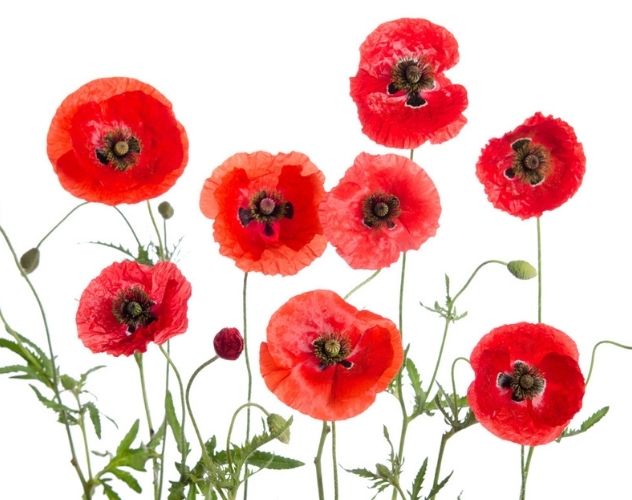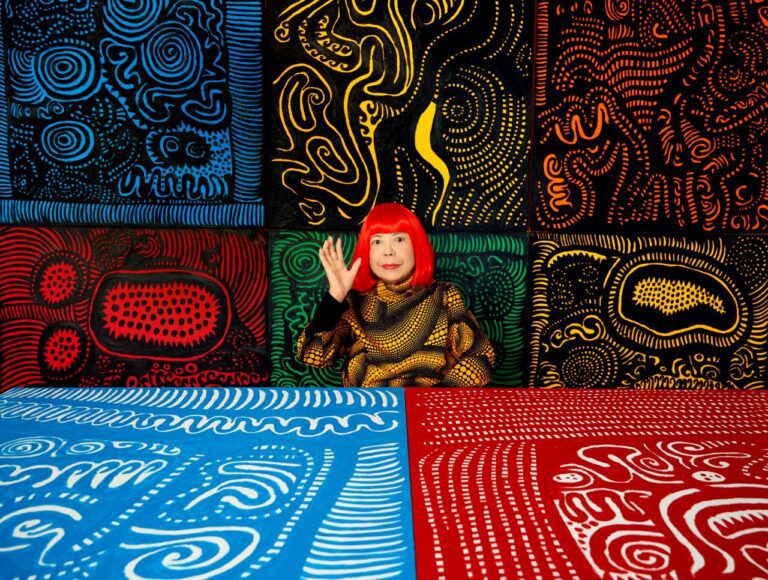The years that followed the end of WWII in New Zealand were very different to the country it is now. The place seemed to be piled high with leftover equipment bought back from the Pacific theatre and could be seen everywhere.
Local farmers brought up the Bren gun carriers for farm vehicles; they had a full track and a good V8 engine, and were fantastic in the adverse conditions that they were confronted with in this scrub covered and untamed land.
The men who swooped them up were familiar with them as they had maintained and used them on the battlefield and had only been home from the front for five years.
When growing up at that time in the Manawatū, the returned servicemen wore their desert and jungle clothes for outside work on weekends as they began the building projects which would launch the new beginning for them and their families.
Dad would cut the lawn edges with a knife he’d made in the Guadalcanal from a good piece of hard American steel and enhanced it with a coloured perspex handle from captured Japanese fighter planes. He had gone there with a team of New Zealand men to service international vehicles and anything else that needed to move, and help build an airstrip in the jungle.
His strong cotton army issue clothes were well-etched with jungle stains and grease and had withstood the test of time.
I think by wearing them it reminded him of how fortunate he was to have survived action and also when he changed out of them at the end of the day, that cold beer was waiting at the local RSA as the reward for services to the Empire.
In the ceiling at home the manhole into the roof gave us access to a treasure trove of wealth; Dad’s old army box was in that cubbyhole.
I can see it even now, in detail because this was a boy’s bounty that no one else had.
One tin contained live Luger ammunition and sleek Japanese fine-nosed bullets. It was heaven to us then – all so new and exciting to a young boy.
There was an American servicemen’s water bottle in heavy cotton webbing and around it were metal lugs to wear it on a belt. When the bottle was removed there was an eating tin with a folded metal wire handle. There were bandages, buttons and bayonets, plus packets of morphine powder that must’ve been used for sprinkling on wounds. How mysterious this all was; oh my god what a treasure to behold.
Army surplus stores sprung up in every town and city.
It’s difficult to describe them really and what a bonanza these stores offered.
There were boxes of defused hand grenades, tank periscopes, boxes of bayonets, army hats, old Enfield rifles, and uniforms along with … you name it and it was there.
In some outlying farms there were rows of old bombers and fighters ready to be stripped of anything useful, wheels, wiring, aluminium and hydraulics.
Revamped trucks started to appear and homemade trailers, the creative use of these abundant materials was a backyarder’s dream.
The returned servicemen were struggling with their problems of reintegration and any questions about the war were usually answered with a grunt or a beer fart. Maybe it wasn’t the beer because the gastro problems the men picked up in the jungle and desert seemed to linger for the rest of their days, along with the remnants of the malaria most men had contracted, while on active service.
The medals had been distributed to many soldiers by then, and were worn proudly on ANZAC Day, so our collection of medals for swapping and trading were mostly from the First World War. They were lovely looking and I’m sure were made from sterling silver because they shone so nicely with a gentle rub and were a true tribute to those men of the Great War.
When ANZAC Day came about I was amazed that Dad could get up so early and head for the parade ground.
We knew that each year most of the men would be half-cut by 9am on their return and it was the same each year; most of his mates usually ended up at our house and Mum was not pleased. One time he was tanked up and decided to head for the shed to try his woodworking skills.
I asked him what he was doing. He replied in a slurred voice, “I’m making a wigwam for a goose’s bridle.” Oh, how confusing that was to understand in childhood, and I’m still working on it.
Uncle Ray had a lot more difficulty attempting to reintegrate into society because his wartime experience had been very traumatic as he had spent three years in a Japanese prisoner-of-war camp, and when he went to the ANZAC parade he got shit-faced. Early Christmas morning was the highlight as the RSA men would arrive all pissy-eyed with a bag of gifts and stagger around the house giving us presents before heading off to the next watering hole.
Near my home was a transit camp for homeless servicemen and their families.
It was a real eye-opener because they seem to cram a big family into a railway hut.
At this time you could pick up a Model A car for a moderate amount and some fortunate occupants had one handy.
Yet not all families owned cars back then.
Near the transit camp was a lagoon which became our playground for years as we grew up and it had a large grey duck population. Some folks from the camp would drive down to the water’s edge and lift the wooden floorboards in their cars and feed the ducks. Food was scarce so they cannot be blamed for being enterprising as they skilfully wrung the ducks’ necks and took them home to the hungry family.
We caught the bus to primary school at the transit camp. That was an incredible experience of fear and uncertainty: your school lunch was always pinched by some hungry and needy child.
Mum told us not to get too close to the school bus driver because he had tuberculosis. We didn’t understand what she meant because we loved him and he was a kind and gentle man. He knew we hung onto the back of the bus and got ourselves a free ride up our street to home after he dropped us off, and never said a word. However, they did inoculate us children back then with the TB injection.
Milk was distributed to all children…and what terrible stuff it was as it went rancid in the hot milk shed, ready to be given to children to build strong bodies. My first encounter with John Clarke (later to become the famous Fred Dagg) was when as sick monitors we would carry two buckets of sawdust each up the outside of the classrooms and cover the vomit from the children after they had consumed the warm and horrid milk. The metal bottle tops off the glass bottles were kept and strung together at Christmas to grace our homes since tinsel was very hard to find.
Steam trains were the most beautiful things and were our main focus at all times…spotting one, chasing one, or climbing inside them at the steam engine graveyard.
They were beautifully filthy, and left everything covered in soot and grime.
Yet we never saw them like that, only their magnificent glory, as we peered down the smoking funnels when they travelled under the overbridges.
What power and mystery surrounded these monsters…and what a joy they brought to every child I knew.
Taking every opportunity to place a coin on the track and then have it squashed was our source of endless entertainment and delight.
Children played outside from dawn to dusk, making huts from long grass, or pushcarts from old pram wheels, bows and arrows, and fixing up old bikes … you never saw a new one; all the bikes seemed to be second-hand and the tools to fix them were simple and easy to use.
Three speeds were the maximum, the height of modern technology then and the light was generated by a dynamo rubbing on the front tyre.
There was no such thing as a comfortable seat, usually it was lifted from your old Grandpa’s bike that had been in the shed for an aeon.
To battle a good headwind on one of these bikes was an incredible mission.
At night, if the dynamo came lose and dropped into the spokes, you were a serious piece of grazed meat, after your trip over the handlebars.
Crash helmets hadn’t been invented those days for bikes, only for racing car drivers. If you owned a car and it could do 100 miles per hour it was classified as a type of racing car.
The front seat was a bench seat, the dashboard had a key start with a temperature gauge, a speedo, an oil light and a petrol gauge. Indicators were things that stuck out of the car framework and were almost useless in a turn.
Seat belts had been designed only for aircraft at that stage and anything that might exceed 100 miles per hour.
When the gearbox started to fade you could fill them with sawdust mixed with the oil to quiet them down. When the rings were shot they smoked like some weird factory machine.
We lived by a set of simple rules back then. Discipline was part of young people’s lives, and even though this had some restrictions at times, we had guidelines and boundaries.
Old words like honesty, integrity, respect, loyalty, steadfastness, and friendship were a common standard during your growing-up process.
Houses were left unlocked and there was a feeling of ease among people as they lived with that idea that they were safe and didn’t need to look over their shoulders all the time.
We were living in paradise really, a new country developing and rebuilding and it seemed like a new start.
Most women stayed home to raise families and very seldom appeared to go out to work, small businesses served the community and you got your meat and veg at the corner shop near you.
Our school was an all-boys affair with 900 of us students collecting each day to attempt to learn something that would carry us to adulthood.
Boxing was compulsory unless you had a medical certificate and so was knitting your own scarf in black and white wool.
You carried a songbook and sang each morning in a hall filled with boys; we sat on the floor because 900 chairs were not in the budget that year.
Military training was compulsory and you wore your sandpaper suit that morning with a cap to match with a badge of polished brass at the front of it. When the sun got to its peak around one o’clock we would all march out in our platoons and line up in the quadrangle, space out one arm’s length and stand at attention. When three boys fainted from the heat we were allowed to stand at ease, dismiss and head back to class.
Many of our teachers were ex-WWII from different theatres of war.
The headmaster had to be dropped off each morning by his wife because he had lost his licence for drink driving; I think he had been a captain in North Africa. He was a very rotund gentleman and side-on, he resembled a bull.
One teacher had been a fighter pilot, and had sustained a head injury – a lovely man he was – and when a plane would fly over the school, he would move to the window in his long black gown all covered in chalk and say, “It’s okay, boys, it’s one of ours.”
It gave us much to consider as you carried all your heavy schoolbooks in a suitcase from class to class each period.
All considered, we left behind a life of special memories and close bonds carrying those disciplines and values we had learned as we entered our adult lives with virtues that carried us to a fulfilling later life and enduring friendships that remained for years to come.
About the Author
Geoff Taylor is a goldsmith working in New Zealand and loves the challenge of writing poetry and short stories. Working in his trade daily as a jeweller, he still loves his craft after 50 years and gets the same joy from it as he did 50 years ago. His creative mind influences his ability to put pen to paper, and he finds Cambridge the ideal place to express his intuitive nature. He also enjoys painting watercolours, tramping, sculpting, tutoring craftsmen and pursuing philosophy. Conny, his true love, has been an inspiration in his writing and she has given him encouragement in this pursuit of self-expression.







